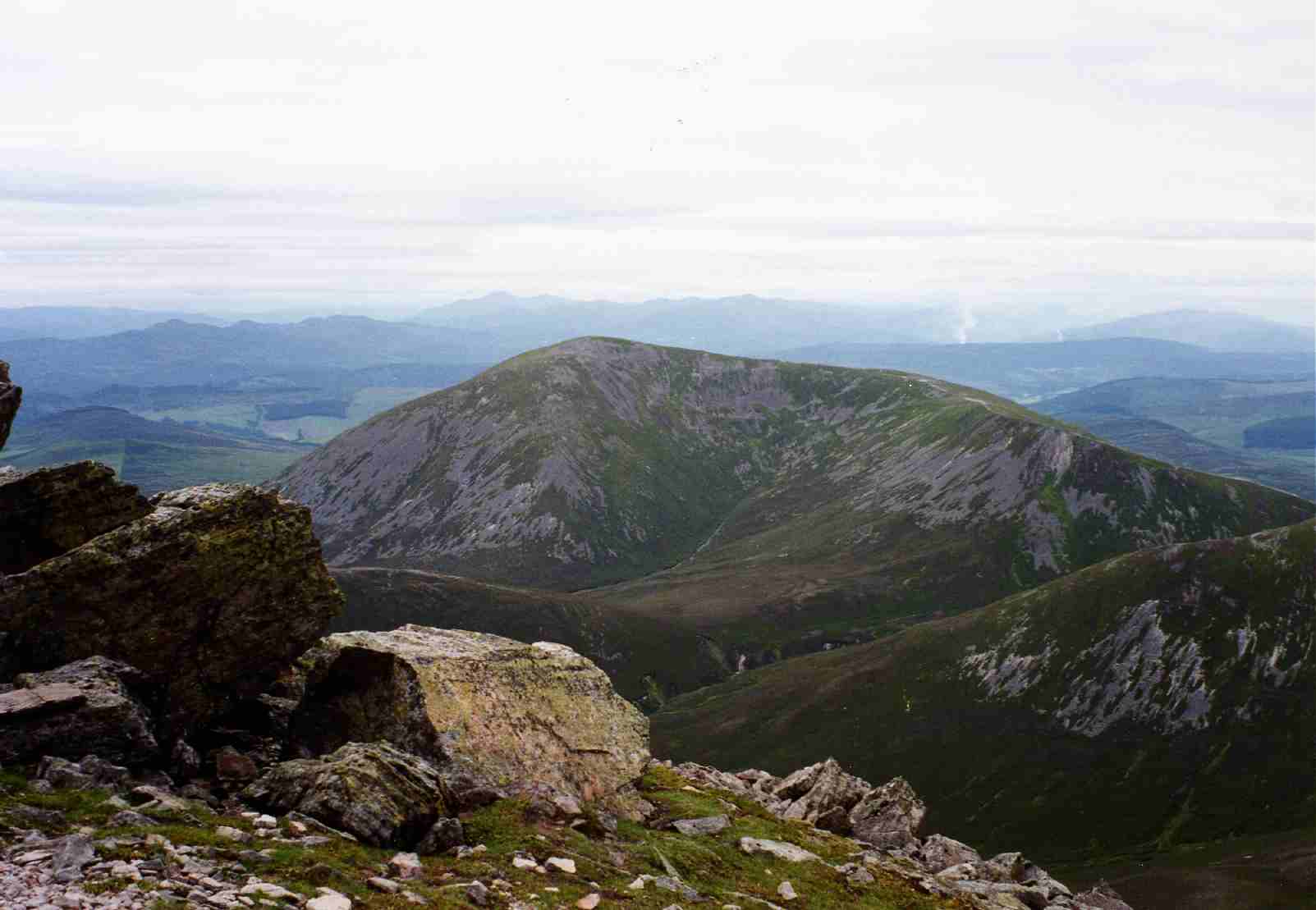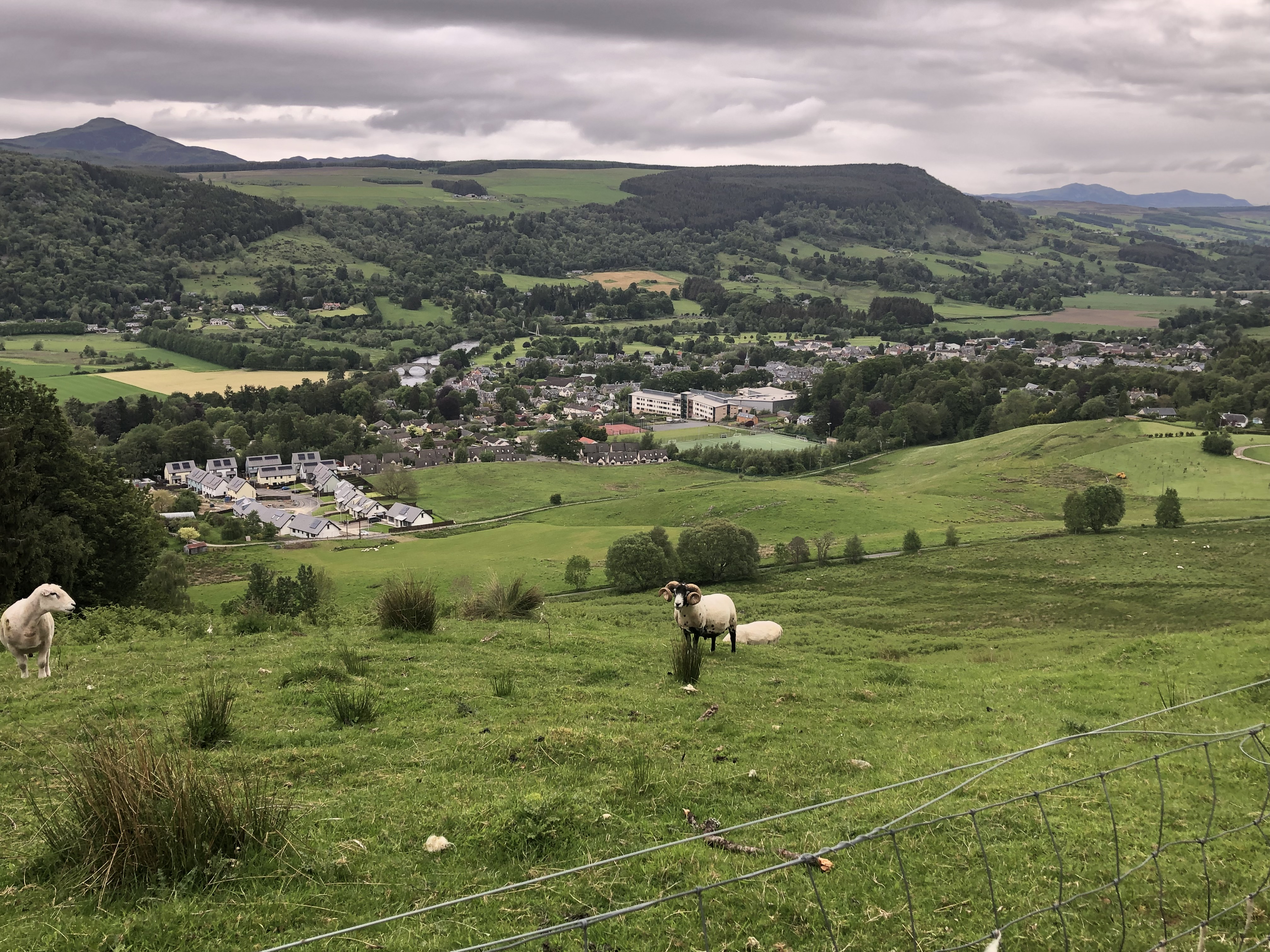|
Loch Hoil
Loch Hoil is a small freshwater lochan located between the shallow hills between Strath Braan and Strath Tay valley's in Perth and Kinross. Aberfeldy is located to the north. See also * List of lochs in Scotland Gallery File:Boathouse, Loch Hoil - geograph.org.uk - 346597.jpg, Boathouse, Loch Hoil This hut hasn't really slipped into the water, as it appears here. From the side it can be seen as standing on short posts. File:View towards Loch Hoil - geograph.org.uk - 1367755.jpg, View towards Loch Hoil Looking down from the track towards Loch Hoil, with Schiehallion Schiehallion (; gd, Sìth Chailleann, ) is a prominent cone-shaped mountain in the Breadalbane region of the Scottish Highlands, in the county of Perthshire. It rises to and is classed as a Munro. Schiehallion has a rich botanical life, inte ... on the skyline to the left. File:Fishing hut, Loch Hoil - geograph.org.uk - 346590.jpg, Fishing hut, Loch Hoil Taken in mist. File:Schiehallion from Meall Dearg - ... [...More Info...] [...Related Items...] OR: [Wikipedia] [Google] [Baidu] |
Meall Odhar
Meall Odhar is a mountain in the Scottish Highlands, situated about 3 km to the west of Tyndrum, close to the northern boundary of the Loch Lomond and the Trossachs National Park. Meall Odhar is part of the Tyndrum Hills. With a height of 656 m and a drop of 183 m, it is listed as a Marilyn and a Graham. Retrieved 21 Jan 2012. The name ''Meall Odhar'' is from the Gaelic
Gaelic is an adjective that means "pertaining to the Gaels". As a noun it refers to the group of languages spoken by the Gaels, or to any one of the languages individually. Gaelic languages are spoken in Ireland, Scotland, the Isle of Man, and Ca ... f ...
[...More Info...] [...Related Items...] OR: [Wikipedia] [Google] [Baidu] |
Beinn A' Ghlò
Beinn a’ Ghlò is a Scottish mountain situated roughly north east of Blair Atholl in the Forest of Atholl in between Glen Tilt and Glen Loch, in Cairngorms National Park. Details It is a huge, complex hill with many ridges, summits and corries, covering approximately with three Munros. These are Càrn Liath (Grey Cairn) at , Bràigh Coire Chruinn-bhalgain ("Brae/Brow of the Corrie of Round Blisters", "blisters" referring to rock formations) at and Càrn nan Gabhar ("Hill/cairn of the Goats") at . The mountain has patches of grey scree (see pictures) amongst grass, while heather grows quite profusely on the lower slopes and gives the hill a colourful skirt when in bloom in summer. Flora and fauna Beinn a' Ghlò has such a diversity of flora that it has been declared a SSSI and a SAC over an area of . It is a region of European dry heaths and there are many species of alpine and marsh plants on the mountain such as the rare yellow oxytropis ''(Oxytropis campest ... [...More Info...] [...Related Items...] OR: [Wikipedia] [Google] [Baidu] |
Loch
''Loch'' () is the Scottish Gaelic, Scots language, Scots and Irish language, Irish word for a lake or sea inlet. It is Cognate, cognate with the Manx language, Manx lough, Cornish language, Cornish logh, and one of the Welsh language, Welsh words for lake, llwch. In English English and Hiberno-English, the Anglicisation, anglicised spelling lough is commonly found in place names; in Lowland Scots and Scottish English, the spelling "loch" is always used. Many loughs are connected to stories of lake-bursts, signifying their mythical origin. Sea-inlet lochs are often called sea lochs or sea loughs. Some such bodies of water could also be called firths, fjords, estuary, estuaries, straits or bays. Background This name for a body of water is Insular Celtic languages, Insular CelticThe current form has currency in the following languages: Scottish Gaelic, Irish language, Irish, Manx language, Manx, and has been borrowed into Scots language, Lowland Scots, Scottish English, Iri ... [...More Info...] [...Related Items...] OR: [Wikipedia] [Google] [Baidu] |
Perth And Kinross
Perth and Kinross ( sco, Pairth an Kinross; gd, Peairt agus Ceann Rois) is one of the 32 council areas of Scotland and a Lieutenancy Area. It borders onto the Aberdeenshire, Angus, Argyll and Bute, Clackmannanshire, Dundee, Fife, Highland and Stirling council areas. Perth is the administrative centre. With the exception of a large area of south-western Perthshire, the council area mostly corresponds to the historic counties of Perthshire and Kinross-shire. Perthshire and Kinross-shire shared a joint county council from 1929 until 1975. The area formed a single local government district in 1975 within the Tayside region under the ''Local Government (Scotland) Act 1973'', and was then reconstituted as a unitary authority (with a minor boundary adjustment) in 1996 by the ''Local Government etc. (Scotland) Act 1994''. Geographically the area is split by the Highland Boundary Fault into a more mountainous northern part and a flatter southern part. The northern area is a popular to ... [...More Info...] [...Related Items...] OR: [Wikipedia] [Google] [Baidu] |
Aberfeldy, Perth And Kinross
Aberfeldy ( gd, Obar Pheallaidh) is a burgh in Perth and Kinross, Scotland, on the River Tay. A small market town, Aberfeldy is located in Highland Perthshire. It was mentioned by Robert Burns in the poem ''The Birks Of Aberfeldy''. Etymology Aberfeldy means 'mouth of the Peallaidh'. The first element of the name is the Pictish word ''aber'' 'river mouth'. The river-name perhaps incorporates the name of a water-sprite known as Peallaidh, which in Gaelic means 'shaggy'. Aberfeldy is recorded in 1526 as ''Abrefrally'' and in 1552 as ''Abirfeldy''. History Beyond its association with Burns, who mentioned Aberfeldy in his poem '' The Birks of Aberfeldy'', the town is known for Wade's Bridge, built in 1733 and designed by architect William Adam, father of Robert Adam. General George Wade considered this bridge to be his greatest accomplishment. Aberfeldy is also mentioned in the traditional "Loch Tay Boat Song". While working in the 1880s as a hired farmhand for Robert Menzies of ... [...More Info...] [...Related Items...] OR: [Wikipedia] [Google] [Baidu] |
List Of Lochs In Scotland
This list of lochs in Scotland includes the majority of bodies of standing freshwater named as lochs but only a small selection of the generally smaller, and very numerous, lochans. This list does not currently include the reservoirs of Scotland except where these are modifications of pre-existing lochs and retain the name "loch" or "lochan". It has been estimated that there are at least 31,460 freshwater lochs (including lochans) in Scotland, and more than 7,500 in the Western Isles alone."Botanical survey of Scottish freshwater lochs" SNH Information and Advisory Note Number 4. Retrieved 1 January 2010. Whilst lochs are widespread throughout the country, they are most numerous within the |
Schiehallion
Schiehallion (; gd, Sìth Chailleann, ) is a prominent cone-shaped mountain in the Breadalbane region of the Scottish Highlands, in the county of Perthshire. It rises to and is classed as a Munro. Schiehallion has a rich botanical life, interesting archaeology, and a unique place in scientific history for an 18th-century experiment in " weighing the Earth". It is near the centre of mainland Scotland. The mountain's popularity amongst walkers led to erosion on its footpath and extensive repairs were undertaken in 2001. Name The name ''Schiehallion'' comes from Scottish Gaelic ''Sìth Chailleann'', meaning "fairy hill of Caledonia" or "-of the Caledonians". Maskelyne (1772), however, reported a translation of "constant storm", and a Lowland Scots name of "Maiden Pap". Location Schiehallion lies between Loch Tay, Loch Rannoch and Loch Tummel, about to the west-north-west of Aberfeldy in Perthshire. The mountain, with an elevation of , is isolated from other peaks and has a ... [...More Info...] [...Related Items...] OR: [Wikipedia] [Google] [Baidu] |
Freshwater Lochs Of Scotland
Fresh water or freshwater is any naturally occurring liquid or frozen water containing low concentrations of dissolved salts and other total dissolved solids. Although the term specifically excludes seawater and brackish water, it does include non- salty mineral-rich waters such as chalybeate springs. Fresh water may encompass frozen and meltwater in ice sheets, ice caps, glaciers, snowfields and icebergs, natural precipitations such as rainfall, snowfall, hail/ sleet and graupel, and surface runoffs that form inland bodies of water such as wetlands, ponds, lakes, rivers, streams, as well as groundwater contained in aquifers, subterranean rivers and lakes. Fresh water is the water resource that is of the most and immediate use to humans. Water is critical to the survival of all living organisms. Many organisms can thrive on salt water, but the great majority of higher plants and most insects, amphibians, reptiles, mammals and birds need fresh water to survive. Fresh water ... [...More Info...] [...Related Items...] OR: [Wikipedia] [Google] [Baidu] |
Lochs Of Perth And Kinross
''Loch'' () is the Scottish Gaelic, Scots and Irish word for a lake or sea inlet. It is cognate with the Manx lough, Cornish logh, and one of the Welsh words for lake, llwch. In English English and Hiberno-English, the anglicised spelling lough is commonly found in place names; in Lowland Scots and Scottish English, the spelling "loch" is always used. Many loughs are connected to stories of lake-bursts, signifying their mythical origin. Sea-inlet lochs are often called sea lochs or sea loughs. Some such bodies of water could also be called firths, fjords, estuaries, straits or bays. Background This name for a body of water is Insular CelticThe current form has currency in the following languages: Scottish Gaelic, Irish, Manx, and has been borrowed into Lowland Scots, Scottish English, Irish English and Standard English. in origin and is applied to most lakes in Scotland and to many sea inlets in the west and north of Scotland. The word comes from Proto-Indo-Europea ... [...More Info...] [...Related Items...] OR: [Wikipedia] [Google] [Baidu] |
Tay Catchment
Tay may refer to: People and languages * Tay (name), including lists of people with the given name, surname and nickname * Tay people, an ethnic group of Vietnam ** Tày language *Atayal language, an Austronesian language spoken in Taiwan (ISO 639-3 code "tay") *TAY (singer), Portuguese singer Tiago Amaral (born 1999) Places * River Tay, a river in Scotland ** Tay Bridge, a railway bridge that collapsed, killing all on board a train ** Loch Tay, a freshwater loch ** Firth of Tay, the estuary into which the Tay flows * Tay, Ontario, Canada, a township * Tay River, Ontario, Canada ** Tay Canal, a part of the river * Tay Sound, Nunavut, Canada * Tay, Iran * Tay, Ardabil, Iran * Lough Tay, a lake in County Wicklow, Ireland * Tay Head, Antarctica **Firth of Tay (Antarctica) * Tayside, a former local government area in Scotland Science and technology * Tay (bot), an AI chatbot released by Microsoft in 2016 * Rolls-Royce RB.44 Tay, a turbojet aircraft engine * Rolls-Royce RB.183 Tay, a ... [...More Info...] [...Related Items...] OR: [Wikipedia] [Google] [Baidu] |





Nov2007.jpg)